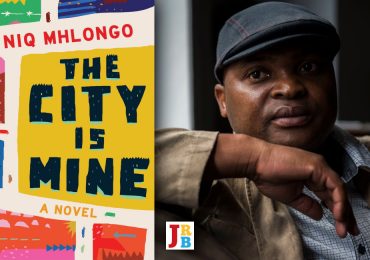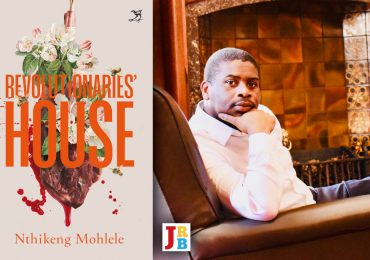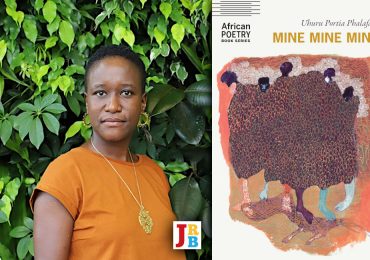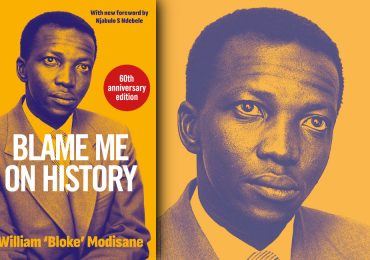Those who temporarily abandon Johannesburg this December—and those who stay while pining for home—must know that the city is theirs, writes guest City Editor Lidudumalingani.
Grant me the liberty to sin. In one of Santu Mofokeng’s photographs, in which a man is wearing a black hat, a leather jacket, and a sweater, there is to be found the melancholic narrative of migration. In his eyes—though they’re closed—one can see that his sense of belonging is off, that he is yearning for a place far from where he sits. The two bodies in the background, blurred, carrying plastic bags, capture another dimension of migration, that of physical movement. In its emotion and mobility, this image embodies the intricacies of Johannesburg as a migrant city. My reading of this image is, of course, imposed on it as a way into the following text. That is my sin.
Johannesburg is built on the sweat and the blood of migrants, dating back to 1886 when it was founded. Migrants from across South Africa—and, further on, into the SADC region. A mystery even to them, how an entire city, of concrete, steel, glass, emerged from their bare hands. Hands that continue to mould this city. Every city looks down on the people that build it. The streets bear the despicable architecture of a classic city sneer. Speelman Mabena, a filmmaker, made a documentary a few months before the 2010 World Cup about how the hands that moulded the football stadium, and those that mould this city, cannot afford it once it is functional.
People from all parts of the country have flocked in and out of the city of Johannesburg over the years. As of 2019, the population of the city adds up to 5,635,127. It is now the festive season and the usual mass departure has begun. Thousands and thousands of people will turn their backs to the dense traffic and unpleasant nights and travel through quietness and open fields. For a few weeks, give or take, the city will fade from their minds, like a distant lover, and they’ll come to find solace in the familiar contours of the landscapes and mountains of home.
The migration of these bodies is not only physical. That is, people are not simply travelling home in their physical form, but they’re taking with them all the evil this city inflicts on them, every day, in the hope that they can offload it, and come back feeling lighter, smiling wider. They’ll slaughter a goat and thank their ancestors for looking out for them in this city, for giving them life, for giving them jobs. Johannesburg, is, too, a blue-collar worker city.
To migrants, the city never feels like a permanent home, it is always temporary, however long one stays. From the first day they arrive in this city, they are simultaneously travelling back home, and from then on, every day, they are part here and part there. They have dual homes: here, where their heads hide every night, and there, home, in the villages, where their hearts remain. These distant homes must always be kept in good condition because, even if they don’t return every few months, the home must wait for them, for when they return, whenever that is.
The rhythm of this city changes during the festive season. The streets are emptier, mobility is less restricted, but something is amiss. The city itself feels like it has come to a pause and will resume being itself when all of it comes together again. Cities cannot only be building and structures. They are people in every way.
As people file out of this city this festive season, may they not forget that they built it, and that it is, even as they turn their backs to it, theirs, in its fullest. That every part of it, even the furthest from them, is theirs, and not only a mere slice.
- Lidudumalingani is a writer, filmmaker and photographer, and winner of the 2016 Caine Prize. Follow him on Instagram and Twitter.





